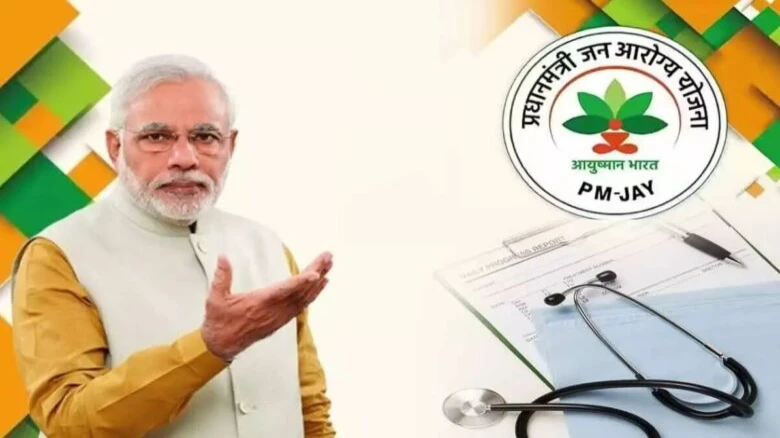Sports

The audit found that a staggering amount of Rs 6.97 crore was disbursed for the treatment of 3,446 patients who were previously declared deceased...
Digital Desk: The Comptroller and Auditor General of India (CAG) has recently released an audit report raising serious concerns about the effectiveness and accountability of the Ayushman Bharat - Pradhan Mantri Jan Arogya Yojana (PMJAY) health insurance scheme. The audit found that a staggering amount of Rs 6.97 crore was disbursed for the treatment of 3,446 patients who were previously declared deceased in the scheme's database.
The audit, conducted as part of a performance review, uncovered a troubling irregularity categorized as "Treatment of a beneficiary shown as 'died' during earlier claim/treatment." The guidelines for claims submitted by hospitals clearly outlined distinct payment structures for cases involving patient mortality. Additionally, the guidelines mandated that in the event of a patient's demise after hospital admission but prior to discharge, hospital payments should be subject to an audit.
Despite the presence of these safeguards, the CAG audit exposed a systemic flaw that allowed patients previously marked as deceased to continue receiving medical treatment under the PMJAY scheme. This revelation has raised questions about the efficacy of the scheme's implementation and the adequacy of corrective measures that were claimed to be in place.
The audit's data analysis brought to light a disturbing trend: out of a total of 88,760 patients documented to have died during treatment covered by the scheme, 3,903 claims amounting to Rs 6.97 crore were paid to hospitals in connection with 3,446 patients who were marked as deceased. This not only points to a significant financial discrepancy but also highlights potential instances of fraud and misappropriation of funds.
The irregularities were widespread across the country, with states like Chhattisgarh, Haryana, Jharkhand, Kerala, and Madhya Pradesh reporting the highest number of such cases. Conversely, states like Andaman & Nicobar Islands, Assam, Chandigarh, Manipur, and Sikkim had the lowest number of cases.
An additional concerning aspect of the audit report is the observed malfunctioning of the system itself. The CAG noted that the system allowed for the initiation of pre-authorization requests for beneficiaries who had been previously declared deceased. Furthermore, the system permitted the input of admission dates, surgery dates, and discharge dates for such cases.
In response to these findings, the National Health Authority (NHA) defended the system's allowance for back-dating of admissions, citing operational reasons. However, the CAG found this explanation to be insufficient, arguing that such a flaw made the system susceptible to misuse and irregular payments.
The CAG report strongly recommended comprehensive investigations by the NHA and State Health Agencies (SHA) to address the risks associated with irregular payments and potential fraudulent activities. As the government aims to ensure affordable and accessible healthcare for vulnerable populations, these revelations underscore the urgency of enhanced scrutiny and oversight in the implementation of crucial schemes like PMJAY.
Launched in 2018 with the objective of providing financial relief to economically disadvantaged individuals seeking medical care, PMJAY has been introduced in both rural and urban areas. The scheme, touted as the world's largest health assurance initiative, offers health coverage of Rs 5 lakh per family per year for secondary and tertiary care hospitalization to over 12 crore poor and vulnerable families, encompassing around 55 crore beneficiaries. The selection of households for inclusion in the scheme is based on the Socio-Economic 4 Caste Census 2011 (SECC 2011) criteria for rural and urban areas as determined by state governments.
Leave A Comment